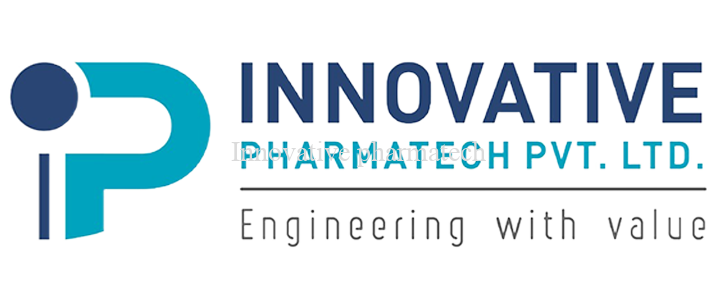 For the effective functioning of a lab, we have to make it a safe place. Laboratories carry out many researches and experiments. They make use of devices like gas-operated burners with open flames, toxic chemicals, spring-loaded equipment, and sharp apparatus. All this has to be handled with great care and precaution. Sharp objects can cause you harm, chemicals can cause burns, and inhaling toxic gases can prove fatal. The Lab Safety Equipment acts as a shield to protect from unwarranted crises. By investing in lab equipment you are upgrading the standards of your lab while safeguarding the life of personnel working there.
For the effective functioning of a lab, we have to make it a safe place. Laboratories carry out many researches and experiments. They make use of devices like gas-operated burners with open flames, toxic chemicals, spring-loaded equipment, and sharp apparatus. All this has to be handled with great care and precaution. Sharp objects can cause you harm, chemicals can cause burns, and inhaling toxic gases can prove fatal. The Lab Safety Equipment acts as a shield to protect from unwarranted crises. By investing in lab equipment you are upgrading the standards of your lab while safeguarding the life of personnel working there.
Here is a list of lab safety equipment that every lab should have.
Lab Fume Hoods
Lab fume hoods are a crucial component in a laboratory. Fume hoods are designed to ensure the safety of lab personnel while working with hazardous materials by continuously diverting the airflow away from the user. Fume hoods can prevent users and the environment from toxic gases, explosions, and spills. While carrying out dangerous experiments chemicals emit toxic fumes and sometimes they splash or even explode. It’s always good to carry out such experiments inside a fume hood. These safety cabinets have an inbuilt mechanism to suck away dangerous fumes from the users and the tough glass in front protects from accidental splashes or burns.
Fire Extinguishers
Fire extinguishers apply an agent that will cool burning heat, smoother fuel, or remove oxygen so the fire cannot continue to burn. Since laboratories carry out experiments, they make use of fires so every lab should have one fire extinguisher in place. You can use water-based,foam-based, or wet chemical kind of fire extinguishers. Fire extinguishers must be available near the lab exit or in the hallway and within 25 meters of the lab. All working personnel must be trained to use fire extinguishers in case of emergency.
Safety Storage Cabinets
Storage cabinets are used to store and organize on-site materials to minimize risks of potential life-threatening incidents. Storage racks and shelving can store bulks of material and equipment. Installation, of one of the safety cabinets, will comply with your obligations towards employees. There are specialized cabinets like fume cabinets that clean up chemical fumes and are resistant to corrosive effects.
Emergency Safety Showers
Splash accidents are common after a fire breakout in labs. When you get splashed with chemicals, the best solution is to immediately pour a lot of water on yourself. Emergency safety showers are crucial in such circumstances.
Eye Wash
In case you are not wearing safety goggles and something splashes in your eyes just rush to the eye wash station and splash water into your eyes. It is first aid in case of eye injury in the lab. The high-pressure water is enough to dissolve any chemicals or substances and clean the hurt area.
Lab Gloves
Working in a lab means you handle dangerous substances that can be corrosive or contaminating. Disposable hand gloves are a great way to protect your hands. While working with the chemicals make sure to wear gloves and discard them in a disposal container after use.
Safety Goggles
Safety goggles are a shield for your eyes. Lab safety goggles are chemical-resistant and fog-resistant eyewear. Safety goggles protect the user’s eyes from chemical splashes, irritating mists, and other substances springing out in the lab. It is safe to wear goggles while working in the lab.
Disposable Masks
Face masks are used to cover the mouth and nose area. Labs emit toxic gases into the air and liquids that can splash up and hit the face. A face mask can protect your face from such instances.
Lab Coats
Lab coats offer some degree of full body protection while working in a lab. To protect against an accidental spill or contact the coats must be worn whenever working in the lab. Lab coats are comfy to wear and easy to maintain.
First-aid Kits
In the lab, you can expect some minor cuts, bruises, and burns so a first aid kit is mandatory. In case of a wound, it is necessary to clean, disinfect and dress the wound, or if left uncared can result in complications. So it is wise to keep a box with antiseptic lotions, bandages, plasters, antibiotic ointment, and burn cream in your box at all times.
The safety of lab workers is the priority, realizing that one should provide lab safety equipment first in the lab.

 A clean room laboratory provides an effective setting for the creation of quality products and is essential for maintaining a sterile and clean atmosphere.
A clean room laboratory provides an effective setting for the creation of quality products and is essential for maintaining a sterile and clean atmosphere.